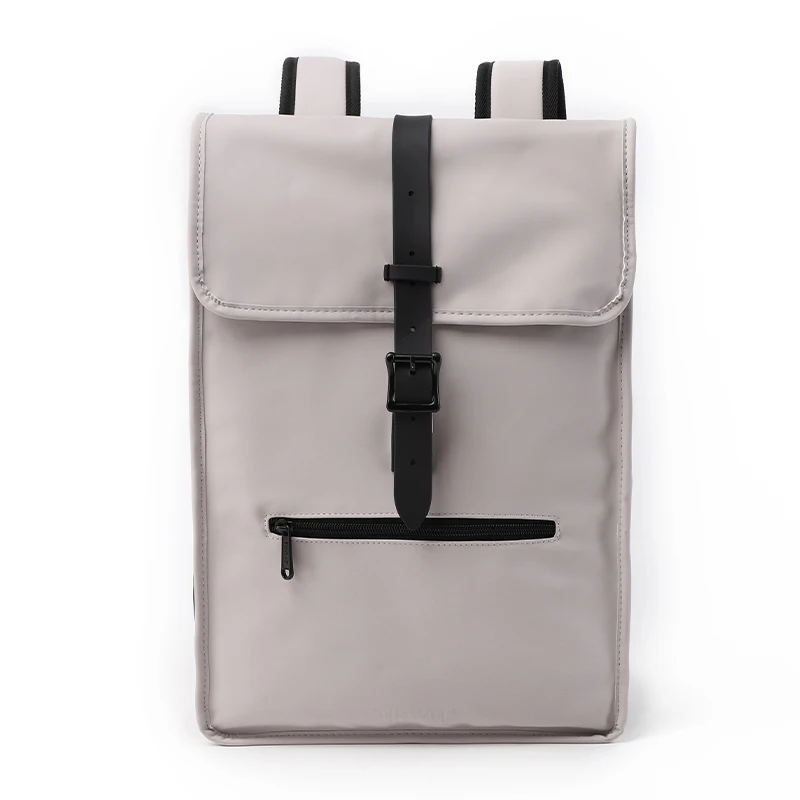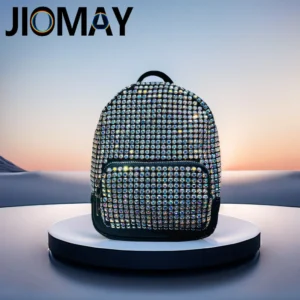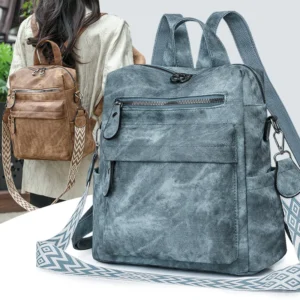Introduction: Why Protecting Your Leather Investments Matters
Leather waterproofing is more than just a maintenance task—it’s an essential protection measure for your valuable leather goods. Many leather owners don’t realize that most leather items are naturally water-resistant but not truly waterproof without proper treatment. The distinction matters greatly: water-resistant leather can handle light moisture but will eventually absorb water, while properly waterproofed leather creates a barrier that repels moisture effectively.
Investing time in waterproofing your leather items offers several key benefits:
- Extended product lifespan, often by years
- Prevention of water stains, salt marks, and discoloration
- Preservation of leather’s natural appearance and texture
- Protection against cracking and premature aging
- Significant savings by avoiding costly replacements
The difference between treated and untreated leather becomes obvious during the first rainfall. Untreated leather absorbs water rapidly, developing dark spots and potentially permanent damage. Properly treated leather, however, allows water to bead up and roll off without penetration.
This guide will walk you through everything you need to know about leather waterproofing: understanding different leather types, exploring product options, applying treatments correctly, and maintaining protection long-term. With the right knowledge and products, you can significantly extend the life of your leather conditioning and waterproofing investment while keeping it looking its best.
Proper waterproofing works hand-in-hand with regular leather conditioning, creating a complete care system that ensures your leather goods remain beautiful and functional for years to come.
Understanding Different Leather Types and Their Waterproofing Requirements
Before selecting a waterproofing product, it’s crucial to understand that different leather types have unique structures and properties that affect how they interact with water and waterproofing agents. The porosity of leather—essentially how many tiny holes exist throughout the material—varies significantly between types and directly impacts both water resistance and how waterproofing products perform.
The tanning process also plays a major role in a leather’s natural water resistance. Vegetable-tanned leathers typically absorb water more readily than chrome-tanned varieties, which have undergone a more intensive chemical process that naturally enhances water resistance. However, all leather types benefit from proper waterproofing treatment to maximize protection.
When waterproofing leather bags or other items, the specific leather type determines both the product choice and application method. Let’s explore the unique requirements of different leather varieties.
Full-Grain and Smooth Leather
Full-grain leather represents the highest quality leather available, featuring the complete natural grain with all its character and strength. This premium material is commonly used in high-end boots, luxury bags, wallets, and quality furniture. Its tight fiber structure provides some natural water resistance, but proper waterproofing enhances this protection significantly.
For full-grain leather waterproofing, consider:
- Wax-based products that penetrate the leather while maintaining breathability
- Cream conditioners with water-resistant properties
- Specialized sprays formulated for finished leathers
Keep in mind that most waterproofing treatments will slightly darken full-grain leather, especially waxes and oils. Always test products on an inconspicuous area first to ensure you’re comfortable with any color changes. For everyday protection of items like full-grain leather backpacks, a quality spray protector offers convenient maintenance while preserving the leather’s natural appearance.
Suede and Nubuck
Suede and nubuck present unique waterproofing challenges due to their raised fibers and delicate texture. These leathers are created by buffing the surface of the hide to create a soft, velvety feel. This process, while creating a beautiful texture, also makes these leathers particularly vulnerable to water damage, as the raised fibers can become permanently matted when wet.
⚠️ Warning: Never use waxes, oils, or cream products designed for smooth leather on suede or nubuck! These products will mat the fibers and permanently ruin the texture.
For suede and nubuck, always use:
– Specialized suede/nubuck spray protectors only
– Products specifically labeled as safe for these leather types
– Waterproofing sprays that maintain the material’s texture and appearance
Common suede and nubuck items like shoes, jackets, and fashion accessories require frequent reapplication of waterproofing spray, particularly before wet seasons or after cleaning.
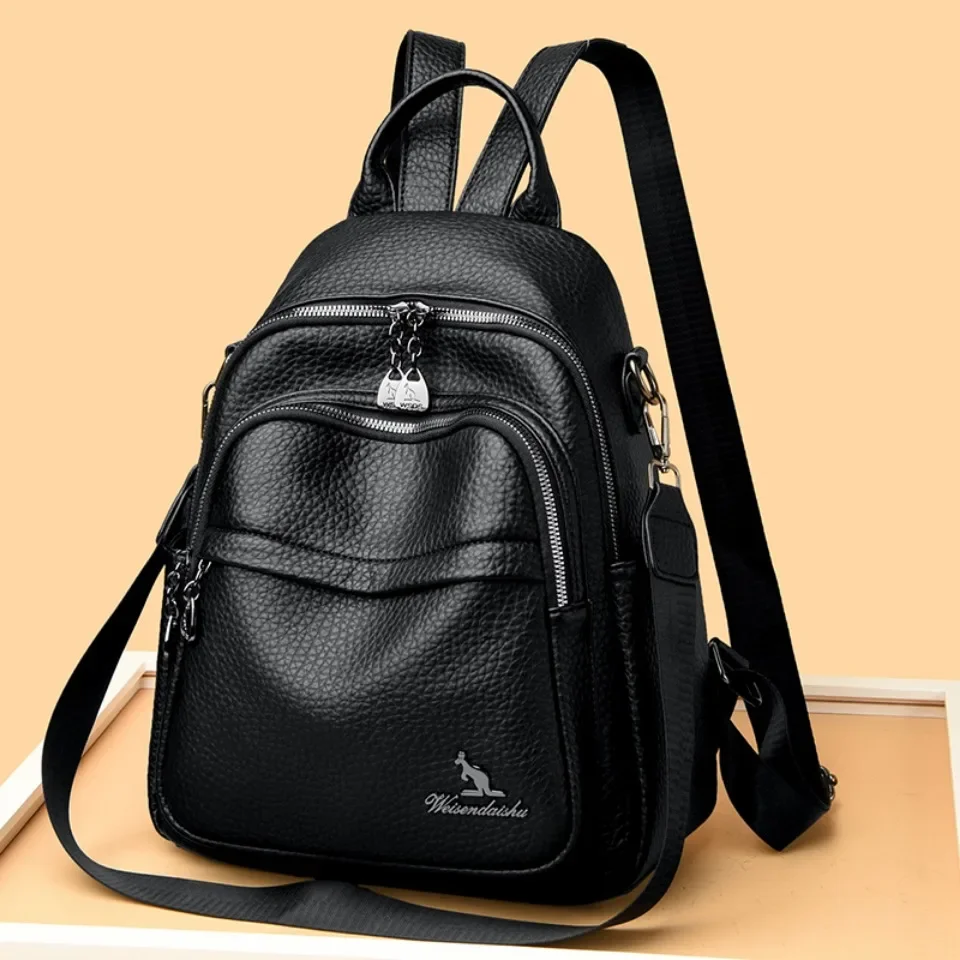
Finished and Protected Leathers
Finished leathers come with factory-applied protective coatings that provide a base level of water resistance. These leathers often appear slightly shiny or have a uniform surface feel. Common examples include many automotive upholstery leathers, most commercial furniture, and many mass-produced leather goods.
Despite having built-in protection, these leathers still benefit from additional waterproofing:
- The factory finish eventually wears down, especially in high-contact areas
- Additional protection extends the life of the existing finish
- Specialized products can enhance water resistance without compromising the original finish
For these leathers, look for spray protectors that create a microscopic barrier without disturbing the existing finish. Avoid heavy waxes that may create an uneven appearance on the uniform surface.
Faux/Vegan Leather Considerations
Synthetic leathers have fundamentally different structures from animal leathers. Most are made from plastic-based materials like polyurethane (PU) or polyvinyl chloride (PVC) applied to a fabric backing. These materials are inherently more water-resistant than animal leather but have their own protection requirements.
For faux leather waterproofing:
- Use only products specifically formulated for synthetic materials
- Avoid animal-based products like mink oil or beeswax, which can damage the synthetic surface
- Select water-based protectors that won’t degrade plastic components
Many vinyl protectant sprays marketed for automotive use work well for synthetic leather items. The environmental impact of various leather alternatives varies significantly, with some synthetic leather options offering improved sustainability profiles over others.
Comprehensive Guide to Leather Waterproofing Product Types
With a solid understanding of different leather types, we can now explore the various waterproofing products available. Each category offers distinct advantages and limitations, making certain products better suited for specific leather types and use cases.
When selecting a waterproofing product, consider both your protection needs and leather preservation goals. For example, hiking boots exposed to extreme conditions require more robust protection than an everyday wallet, while a vintage leather jacket might need gentle treatment that preserves its patina and character.
Before applying any waterproofing product to your valued leather items, you might want to explore some DIY leather care techniques that can complement professional products or serve as temporary solutions when commercial products aren’t available.
Waterproofing Sprays: Versatile Protection
Leather waterproofing sprays create an invisible protective barrier on the leather’s surface, causing water to bead up and roll off rather than being absorbed. These products typically contain fluoropolymers, silicones, or acrylic polymers that form a microscopic shield while allowing the leather to breathe.
Advantages:
– Easy and quick application
– Works on most leather types, including suede and nubuck
– Minimal or no color change to the leather
– Even coverage when applied correctly
– Available in environmentally friendly formulations
Limitations:
– Less durable than waxes (typically 3-6 weeks of protection)
– May require frequent reapplication in harsh conditions
– Less effective for extreme water exposure
– Potential for uneven application if not careful
When choosing sprays, consider PFC-free options that deliver similar protection without the environmental concerns of traditional fluorocarbon formulations. Most quality sprays require application to clean, dry leather from approximately 6-8 inches away, with 2-3 light coats providing optimal protection.
Leather Waxes: Heavy-Duty Barrier Protection
Leather waxes physically fill and seal the pores in leather, creating a substantial barrier against water penetration. These traditional waterproofing agents have been used for centuries and remain among the most effective options for serious water protection.
Different wax types offer varying benefits:
– Beeswax: Natural, breathable, with good durability and conditioning properties
– Paraffin wax: Highly water-resistant but less conditioning
– Carnauba wax: Plant-based with excellent shine and moderate water resistance
– Proprietary blends: Often combine multiple waxes with oils for balanced protection
Waxes excel at protecting work boots, outdoor gear, and items regularly exposed to harsh conditions. They’re particularly effective for leather that needs to withstand snow, prolonged rain, or outdoor work environments.
The relationship between oiling leather and waterproofing is closely related to wax treatments, as many traditional formulations combine both approaches for comprehensive protection.
Leather Oils and Creams: Nourishment with Protection
Leather oils and conditioning creams offer a dual benefit: they nourish the leather while adding moderate water resistance. Rather than creating a surface barrier, these products penetrate the leather fibers, conditioning from within while helping to repel moisture.
Common leather oil options include:
| Oil Type | Water Resistance | Darkening Effect | Best For |
|---|---|---|---|
| Mink Oil | High | Significant | Work boots, outdoor gear |
| Neatsfoot Oil | Moderate | Moderate to high | Saddles, baseball gloves |
| Specialty Blends | Varies | Varies | General conditioning |
These products are ideal when leather appears dry or rigid while also needing water protection. They’re particularly valuable for vintage items that need rejuvenation along with weatherproofing.
However, oils and creams will almost always darken leather, sometimes substantially. This effect is permanent, so testing on an inconspicuous area is essential before full application.
Silicone-Based Products: Modern Synthetic Protection
Silicone-based leather protectors represent a modern approach to waterproofing, creating flexible water barriers with minimal impact on leather appearance.
Advantages:
– Minimal color change to leather
– Good water repellency
– Easy application similar to sprays
– Works well on finished leathers
Limitations:
– Fewer conditioning benefits than natural oils or waxes
– May build up over time with multiple applications
– Can affect leather breathability with heavy application
– Not ideal for all leather types
Silicone protectors work particularly well for items where maintaining the original color is crucial, such as designer handbags, shoes, and fashion accessories. They’re also suitable for finished leathers that need protection without altering the manufacturer’s intended appearance.
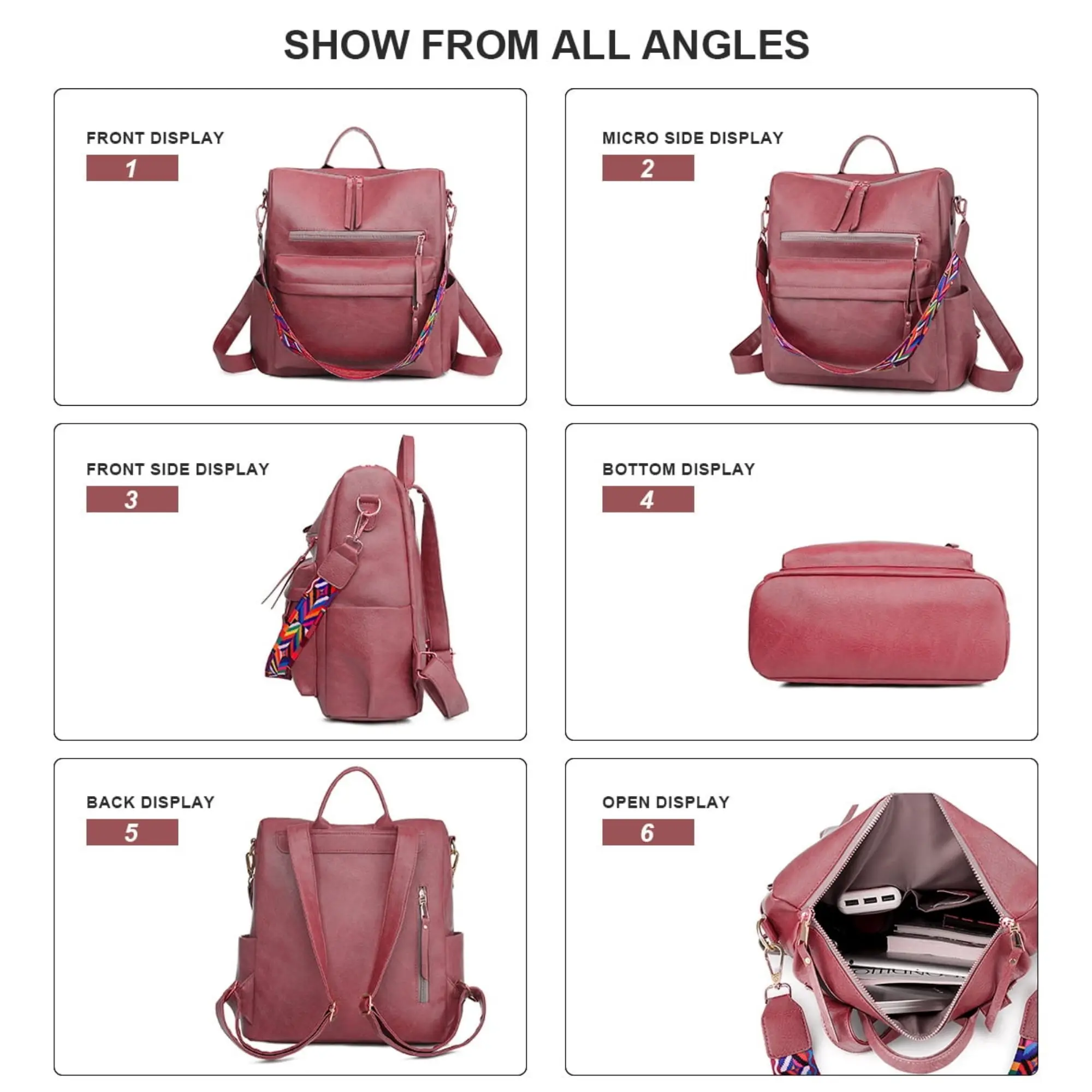
Eco-Friendly and Natural Alternatives
As environmental awareness grows, so does the market for sustainable leather waterproofing options. These products avoid harmful chemicals while still providing effective protection.
Eco-friendly waterproofing options include:
– PFC-free spray technologies that avoid persistent environmental pollutants
– Plant-based waxes like carnauba and candelilla
– Natural oil blends from sustainable sources
– Water-based formulations with minimal VOCs (volatile organic compounds)
While these products sometimes require more frequent application than their conventional counterparts, they continue to improve in effectiveness while reducing environmental impact. They’re particularly well-suited for everyday items and normal weather conditions, though extreme protection might still require more traditional formulations.
For owners of leather travel backpacks, eco-friendly options provide sufficient protection for typical travel conditions while aligning with sustainable values.
Top-Recommended Leather Waterproofing Products for Different Needs
Selecting the right waterproofing product depends on your specific leather item, usage conditions, and desired outcomes. Our recommendations are based on effectiveness, ease of use, and value—three factors that matter most to leather owners.
While specific brands come and go, understanding product categories helps you make informed choices regardless of what’s currently available on the market. Always match your waterproofing product to both your leather type and the specific item you’re treating for optimal results.
Best Waterproofing Products for Leather Boots and Shoes
Footwear often faces the harshest conditions among leather goods, making proper waterproofing especially important:
For everyday leather shoes:
– Silicone-based spray protectors provide good balance of protection and appearance preservation
– Lightweight cream conditioners with water-resistant properties
– Quick-drying spray formulas for convenient application between wears
For work boots and outdoor footwear:
– Heavy-duty wax-based products for maximum protection
– Oil-wax combinations for conditioning and weatherproofing
– Specialized boot grease for extreme conditions
Pay special attention to seams, welts, and stress points where water can penetrate more easily. For maximum protection, apply product to slightly warmed leather (after gentle use or warming with a hairdryer on low setting), which opens pores for better product absorption.
Optimal Protection for Leather Bags and Accessories
Leather bags and accessories typically prioritize appearance while still needing practical protection:
- Non-darkening spray protectors preserve the intended aesthetic
- Lightweight cream conditioners for items that need subtle nourishment
- Specialized protectors for hardware areas and mixed materials
When treating bags, pay particular attention to the bottom surface, seams, and any areas that regularly contact surfaces. For items with both leather and fabric components, choose products safe for all materials or apply carefully to leather sections only.
The proper care of leather backpacks includes regular waterproofing to prevent damage from unexpected rain or spills, preserving both function and appearance.
Specialized Products for Suede and Nubuck Items
Suede and nubuck require dedicated products designed specifically for their unique textures:
- Specialized suede/nubuck sprays that maintain texture
- Stain repellents formulated for raised fiber surfaces
- Cleaner/protector combinations specific to these leather types
Apply these products to clean, brushed surfaces with the fibers raised for optimal protection. Multiple light coats provide better protection than a single heavy application, which might mat the fibers. Always allow complete drying between coats, typically 15-30 minutes depending on humidity levels.
Weather-Proofing Solutions for Leather Furniture and Auto Interiors
Larger leather surfaces in homes and vehicles need specialized approaches:
- Non-greasy spray protectors that won’t transfer to clothing
- UV-protective formulations for furniture exposed to sunlight
- Gentle conditioner-protector combinations for regular maintenance
Furniture typically requires substantial product quantity—expect to use 2-4 times more product than you would for a pair of shoes. For even application on large surfaces, work in manageable sections and use consistent, overlapping strokes. Reapplication every 3-6 months maintains protection while preventing leather from drying out.
14 Inch Leather Laptop Backpack, Brown Leather Backpack, Men's Leather Backpack, Vintage Leather Backpack
Price range: $177.28 through $199.12 Select options This product has multiple variants. The options may be chosen on the product pageCarry On Leather Backpack, Roll Top Leather Backpack
Price range: $77.76 through $96.48 Select options This product has multiple variants. The options may be chosen on the product pageDesigner Mini Backpack, Mini Leather Backpack, Small Leather Sling Backpack, Women's Leather Backpack
Price range: $95.76 through $98.80 Select options This product has multiple variants. The options may be chosen on the product pageDesigner Mini Backpack, Designer Women's Backpack, Mini Leather Backpack, Women's Leather Backpack
Price range: $135.92 through $137.64 Select options This product has multiple variants. The options may be chosen on the product page17 Inch Leather Laptop Backpack, Men's Leather Travel Backpack, Men's Leather Work Backpack
Price range: $106.28 through $143.88 Select options This product has multiple variants. The options may be chosen on the product pageBlack Leather Backpack, Small Leather Backpack, Women's Leather Backpack
Price range: $112.96 through $116.12 Select options This product has multiple variants. The options may be chosen on the product page
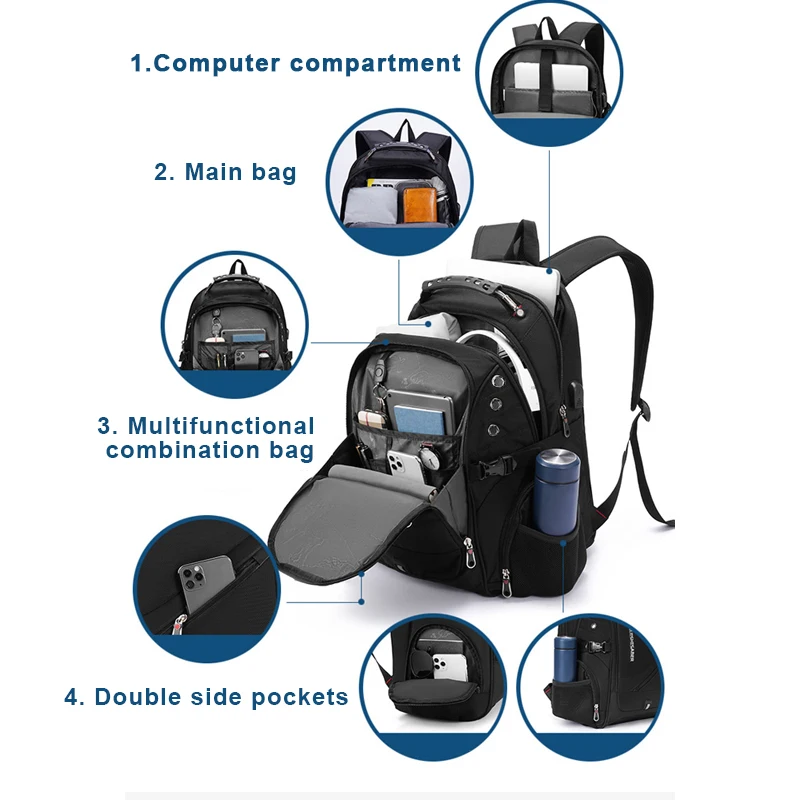
Essential Application Techniques for Effective Waterproofing
Even the highest quality waterproofing product will underperform if applied incorrectly. Proper application techniques ensure even coverage, maximum effectiveness, and optimal leather protection.
The general workflow for successful leather waterproofing follows these steps:
1. Thorough cleaning to remove contaminants
2. Complete drying before application
3. Conditioning if leather appears dry (with appropriate drying time)
4. Application of waterproofing product using proper technique
5. Adequate drying/curing time before exposure to moisture
Most waterproofing failures result from skipping preparation steps or not allowing sufficient drying time. Investing a few extra minutes in proper technique provides significantly better results and longer-lasting protection.
Owners of vintage leather backpacks should be especially careful with application techniques, as improper waterproofing can potentially affect the distinctive patina that gives these items their character.
Preparation Steps: Setting the Foundation
Proper preparation creates the foundation for effective waterproofing:
Clean the leather thoroughly using an appropriate leather cleaner for your specific leather type. For smooth leather, use a damp cloth with leather soap; for suede, use a specialized suede cleaner or brush.
Remove all dirt, salt residue, and previous product buildup. Pay special attention to seams, crevices, and textured areas where debris accumulates.
Allow the leather to dry completely at room temperature away from direct heat sources. This typically takes 24-48 hours for thoroughly wet items. Understanding when leather should dry before conditioning applies equally to waterproofing preparation.
If the leather appears dry or stiff, apply an appropriate conditioner and allow it to fully absorb before waterproofing (typically 12-24 hours).
Test your waterproofing product on a small, inconspicuous area to check for color changes or adverse reactions before full application.
Optimal application conditions include moderate temperature (65-75°F), normal humidity (40-60%), and good ventilation. Avoid applying products in direct sunlight, near heaters, or in very humid environments, as these conditions can affect product performance.
Application Techniques for Different Product Types
Each waterproofing product type requires specific application techniques for optimal results:
For spray protectors:
– Shake can thoroughly before use (30-60 seconds)
– Hold 6-8 inches from leather surface
– Apply using steady, even strokes with slight overlap
– Use two light coats rather than one heavy application
– Allow 15-30 minutes between coats
– Pay extra attention to seams and stress points
For wax-based products:
– Use a clean cloth or fingers to apply thin layer
– Work in small circular motions to ensure penetration
– Pay special attention to seams and creases
– Use slight warming (body heat or low hairdryer) for better absorption
– Remove excess product with clean cloth
– Buff gently after partial drying for even finish
For oils and creams:
– Apply with clean fingers, cloth, or sponge applicator
– Use small amounts and build up gradually
– Work into leather using circular motions
– Allow 10-15 minutes for initial absorption
– Wipe away any excess that hasn’t absorbed
– Be especially careful around seams where product can accumulate
For difficult-to-reach areas, use cotton swabs or small applicator brushes to ensure complete coverage. For items with hardware or ornaments, apply carefully around these features using precise movements to avoid buildup.
Drying, Curing, and Post-Application Care
Proper drying and curing are essential for waterproofing effectiveness:
- Allow treated items to dry in a well-ventilated area at room temperature
- Keep items away from direct heat sources, which can cause uneven drying
- Follow product-specific drying times:
- Sprays: 24-48 hours for complete curing
- Waxes: 12-24 hours before light use, 48 hours before water exposure
- Oils/creams: 24-72 hours depending on leather porosity and product type
For products requiring buffing after drying, use a clean, soft cloth and gentle circular motions to create an even finish. Second coats should only be applied after the first coat has completely dried—typically 24 hours later.
Maintaining Waterproof Leather: Longevity and Reapplication
Waterproofing is not a one-time treatment but rather an ongoing maintenance process. Even the best waterproofing eventually wears off due to use, exposure to elements, and natural leather movement.
Signs that leather needs reapplication include:
– Water no longer beads on the surface
– Darker spots forming when exposed to light moisture
– Leather feeling less supple or becoming stiff
– Visible water absorption during exposure
Environmental factors that accelerate waterproofing breakdown include:
– Regular exposure to salt (ocean environments, winter sidewalks)
– High humidity and temperature fluctuations
– UV exposure from direct sunlight
– Regular friction and wear on the leather surface
Recommended reapplication schedules:
– Frequently used footwear: Every 3-4 weeks
– Daily-use bags: Every 4-6 weeks
– Occasionally used items: Every 3-4 months
– Seasonal items: Before storage and before use season
To clean waterproofed leather without removing protection, use gentle methods like damp cloth wiping rather than soap-based cleaners when possible. For more thorough cleaning, plan to reapply waterproofing afterward.
Regular maintenance is particularly important for men’s leather backpacks used daily, as constant handling and exposure to various environments quickly diminishes waterproofing effectiveness.
Common Questions About Leather Waterproofing
Q: Does waterproofing make leather completely waterproof?
A: No product makes leather 100% waterproof. Treatments make leather highly water-resistant, allowing it to repel water for limited periods, but extended exposure will eventually allow water penetration. Quality waterproofing products give you time to move out of rain or clean spills before damage occurs.
Q: Will waterproofing change my leather’s color?
A: It depends on the product. Waxes and oils typically darken leather permanently, sometimes significantly. Silicone-based products and specialized sprays cause minimal to no color change. Always test on an inconspicuous area first.
Q: Does waterproofing affect leather breathability?
A: Yes, to varying degrees. Heavier wax treatments reduce breathability more than lightweight sprays. Modern formulations aim to balance water resistance with breathability, but increased protection typically means decreased breathability.
Q: Can I use leather products on synthetic/vegan leather?
A: No. Synthetic leathers require specific products formulated for their plastic-based materials. Using animal leather products on synthetics can cause damage, discoloration, or breakdown of the material.
Q: Are leather waterproofing chemicals harmful?
A: Some traditional formulations contain chemicals of concern, particularly older spray formulations with propellants and certain PFCs (per- and polyfluoroalkyl substances). Many manufacturers now offer water-based and eco-friendly alternatives with lower toxicity.
Q: Why is my leather spotty after waterproofing?
A: Spotty appearance usually results from uneven application or applying too much product. To fix this, try gentle buffing with a clean cloth. If that doesn’t work, you may need to clean the leather and reapply with thinner, more even coats.
Q: How long should waterproofing last?
A: Protection duration varies widely based on product type, leather type, and usage conditions. Spray protectors typically last 3-6 weeks with regular use, while heavy-duty wax treatments can provide 2-3 months of protection even with frequent exposure.
Q: Can waterproofing restore already water-damaged leather?
A: No, waterproofing is preventative, not restorative. Water-damaged leather needs specific restoration techniques before applying waterproofing products.
Waterproofing Leather for Extreme Conditions
When leather will face severe weather or harsh environments, standard waterproofing approaches may not provide sufficient protection. Extreme conditions require specialized strategies:
For winter/snow exposure:
– Use heavy-duty wax-based products with silicone additives
– Apply multiple layers, allowing complete drying between applications
– Pay special attention to seams and stitching, which fail first in extreme conditions
– Consider specialized boot greases containing pine tar for snow environments
For heavy rain protection:
– Combine conditioning and waterproofing treatments
– Use silicone-based spray as a top coat over wax treatments
– Reapply more frequently than standard recommendations
– Focus on reinforcing stress points and seams
For marine environments:
– Choose products specifically formulated to resist salt water
– Apply heavier coats to create substantial barriers
– Increase application frequency (often weekly for regular exposure)
– Rinse with fresh water after salt exposure when possible
The key to extreme condition protection is layering different product types: a penetrating conditioner first, followed by a heavy-duty wax or oil, and finished with a quality spray protector as a final barrier. This comprehensive approach maximizes protection while maintaining leather flexibility.
Should You Waterproof Brand New Leather Items?
The question of whether to waterproof new leather items depends on several factors:
For factory-finished leather (most commercial products):
– Light waterproofing is beneficial but use gentle products that won’t interfere with the manufacturer’s finish
– Allow 1-2 weeks of break-in before applying heavier treatments
– Check if waterproofing would affect any warranty (though this is rare)
For raw or minimally finished leather:
– Immediate conditioning followed by waterproofing is highly beneficial
– Breaking in the leather for a few days helps treatments penetrate more effectively
– Natural color darkening will be more noticeable, so test first
For heritage or premium leather goods, consult the manufacturer’s recommendations first, as some use specialized tanning methods that have specific care requirements. Many high-quality leather goods benefit from immediate protection, while others perform better with a short break-in period first.
How to Fix Water-Damaged Leather
Despite our best efforts, leather sometimes gets wet. When this happens, quick action can minimize damage:
- Blot (don’t rub) excess water immediately with absorbent towels or paper towels
- Stuff flexible items like shoes with newspaper or paper towels to maintain shape
- Allow leather to air dry at room temperature away from direct heat sources
- Once completely dry, assess the damage:
– Minor water exposure: Apply conditioner to restore moisture balance
– Water spots: Try gentle buffing with leather conditioner
– Stiffened leather: Use leather conditioner generously to restore suppleness
– Severe water damage: Consider professional restoration
After addressing the damage, apply appropriate waterproofing to prevent future issues. Keep in mind that severe water damage, particularly from salt water or contaminated water, may cause permanent changes to leather appearance and texture. Professional leather restoration services can often save severely damaged items using specialized techniques and equipment not available to consumers.
With proper waterproofing and maintenance, your leather goods can remain beautiful and functional for many years, even with occasional exposure to challenging conditions. The time invested in proper leather care yields significant returns through extended product life and preserved appearance.

